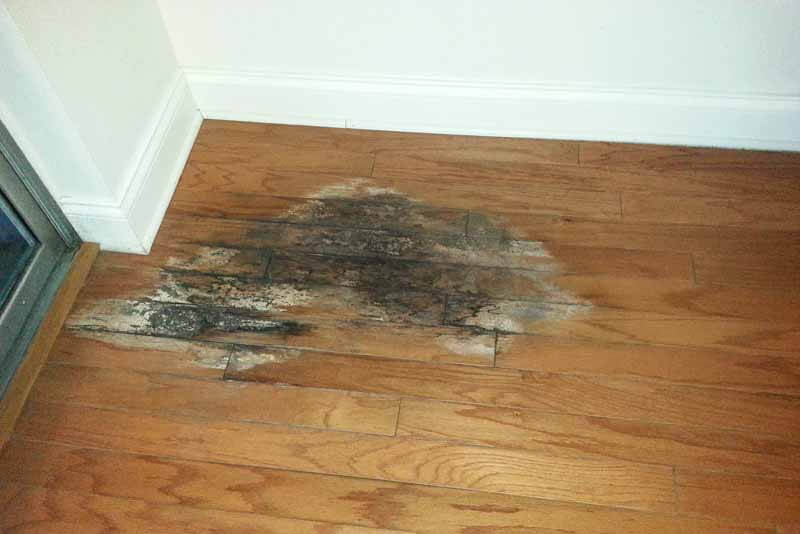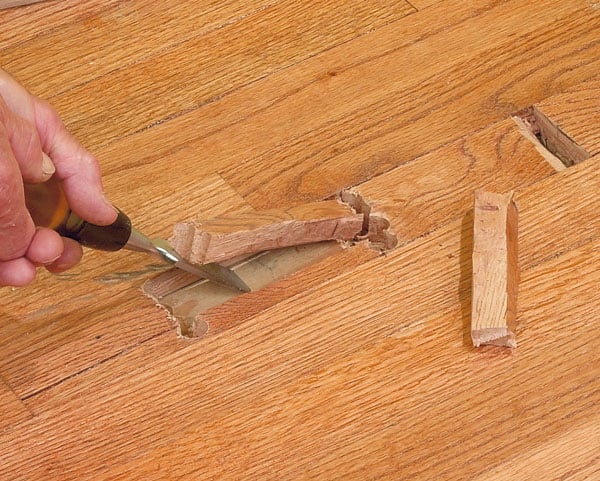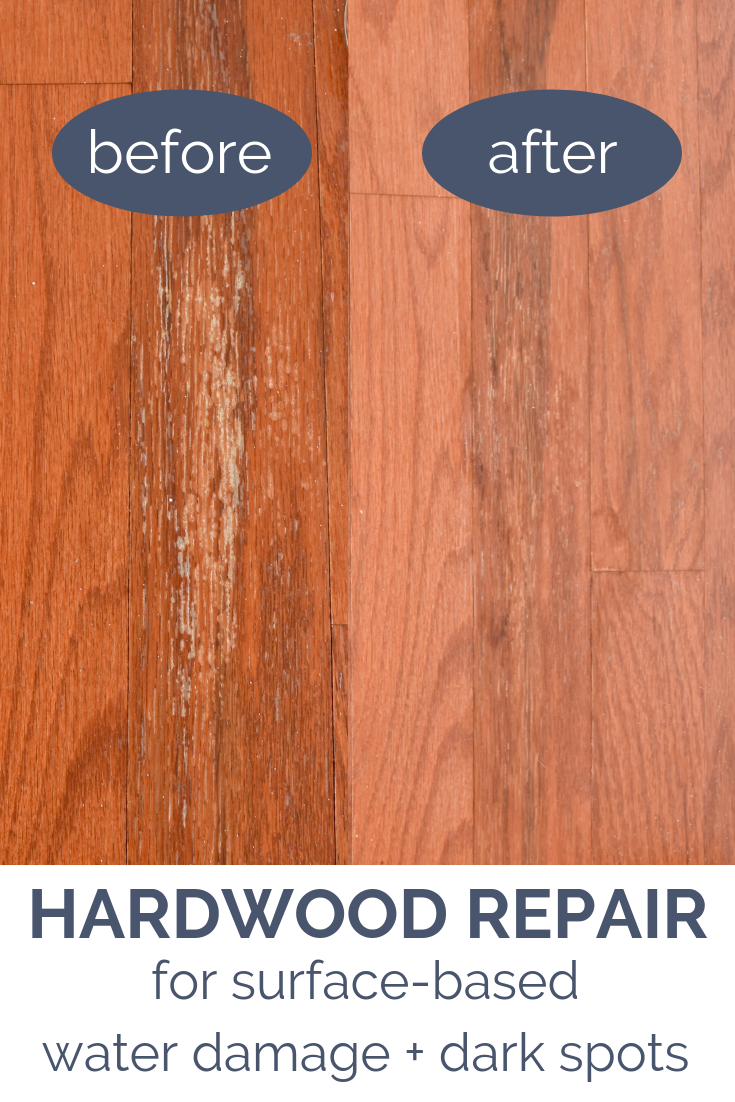Assessing the Damage
The first step in repairing wood floor damage is to assess the extent of the damage. Look for scratches, dents, stains, or warped boards. Minor scratches can often be fixed with simple touch-up techniques, while deeper dents and significant damage may require more extensive repairs. Identifying the type and severity of the damage will help you determine the best approach and tools needed for the repair process.

Fixing Minor Scratches
For minor scratches, you can use a wood filler or a wax stick that matches the color of your flooring. Gently fill the scratch with the filler or wax, and then smooth it out using a putty knife. Once the filler has dried, lightly sand the area with fine-grit sandpaper to ensure a seamless finish. Applying a matching wood stain and a coat of polyurethane will restore the floor’s original appearance and protect it from future damage.

Repairing Deep Dents
Deep dents in wood flooring can be fixed using a combination of moisture and heat. Place a damp cloth over the dent and apply a hot iron on top of the cloth for a few seconds. The moisture and heat will cause the wood fibers to expand, reducing the appearance of the dent. For larger dents or gouges, wood filler can be used. Fill the dent with the filler, let it dry, and then sand and stain to match the surrounding floor.

Addressing Stains
Stains on wood floors can be tricky to remove, but there are effective methods to address them. For light stains, a mixture of baking soda and water can be applied to the stained area and gently scrubbed with a soft brush. For darker stains, sanding the stained area and reapplying a matching wood stain may be necessary. In some cases, a commercial wood floor cleaner specifically designed to remove stains can be used for better results.
Replacing Warped Boards
Warped or damaged boards may need to be replaced to restore the integrity of your wood floor. Carefully remove the damaged board using a pry bar, making sure not to damage the surrounding boards. Measure and cut a new board to fit the space, and then secure it in place using nails or adhesive. Sand the new board to match the height of the existing floor, and finish with a matching stain and protective sealant to ensure a cohesive look.

Should I Refinish, Repair, or Replace My Hardwood Floor? –

How To Fix Gouges, Dents, And Deep Scratches In Hardwood Floors

Related articles:
